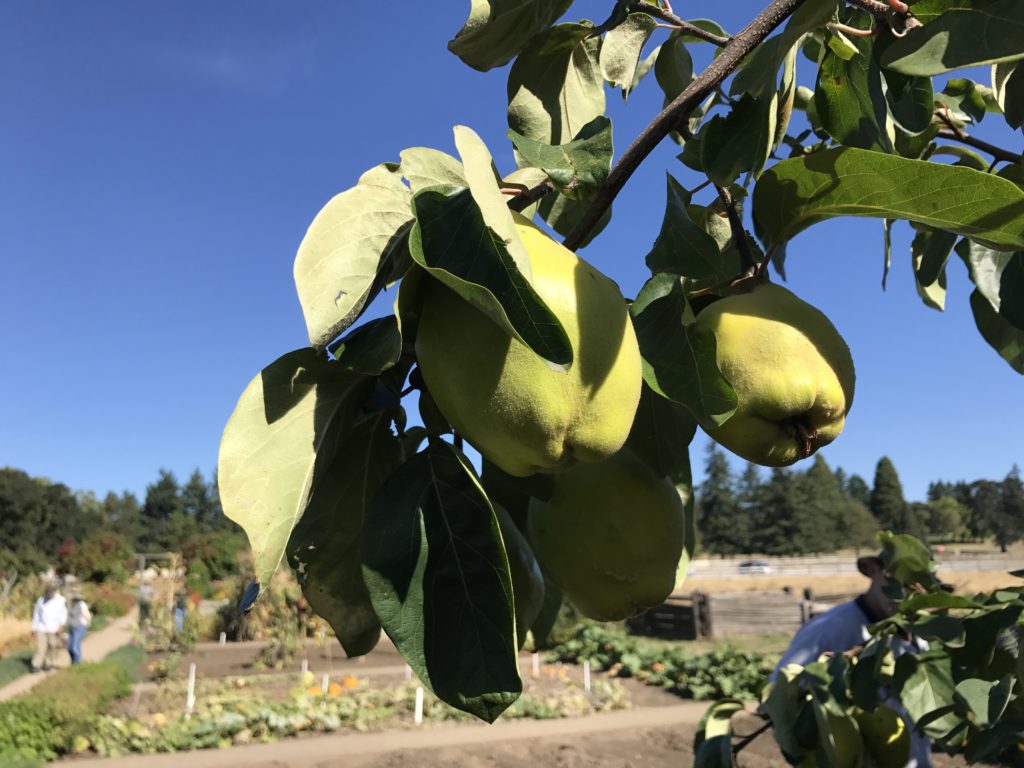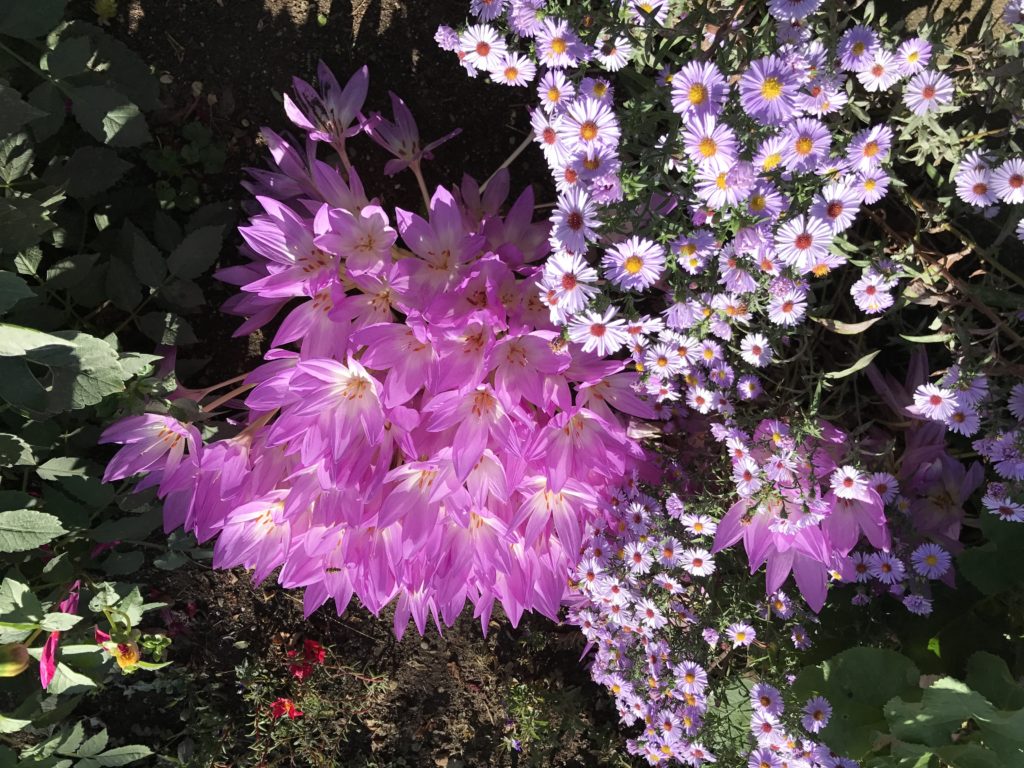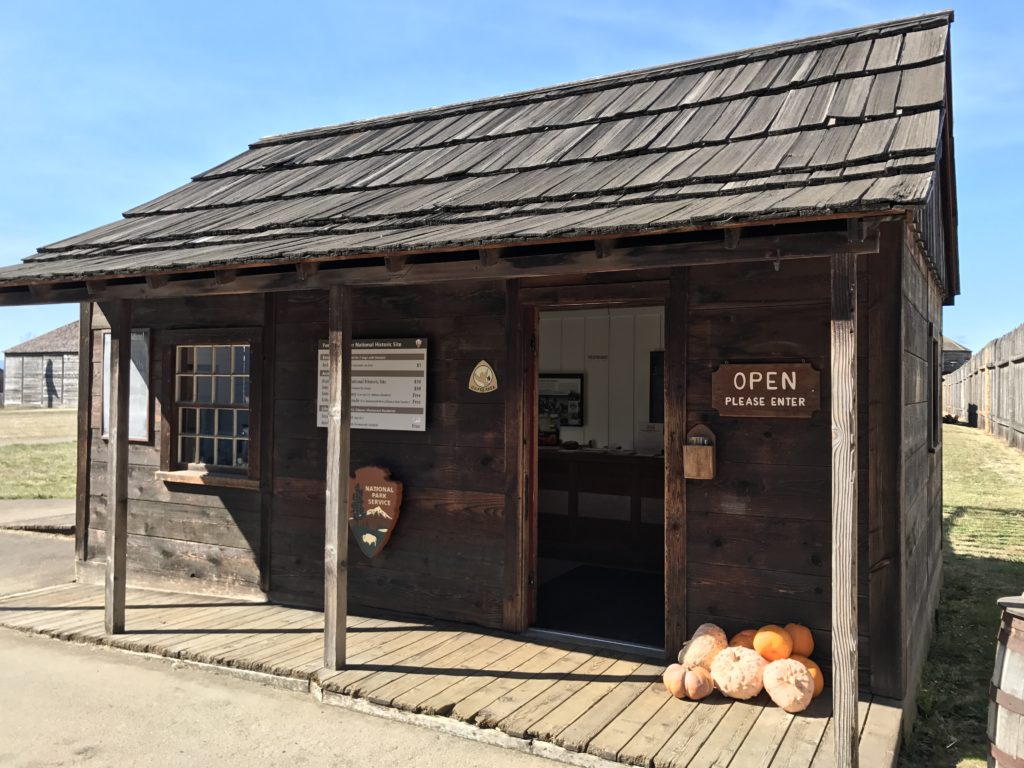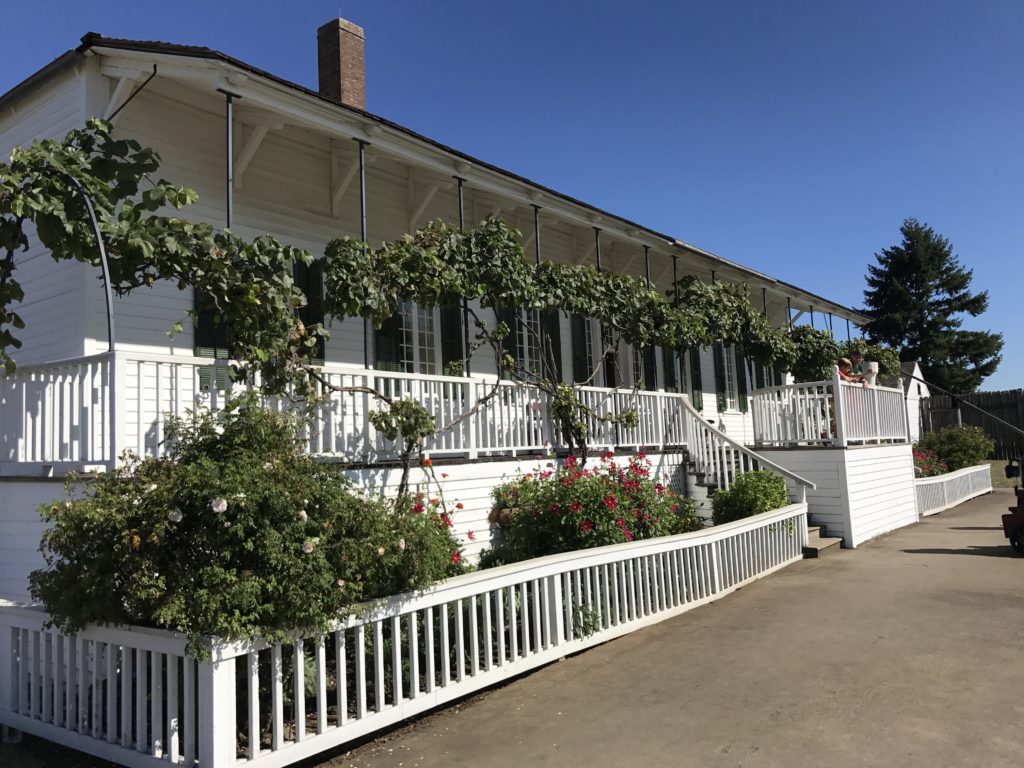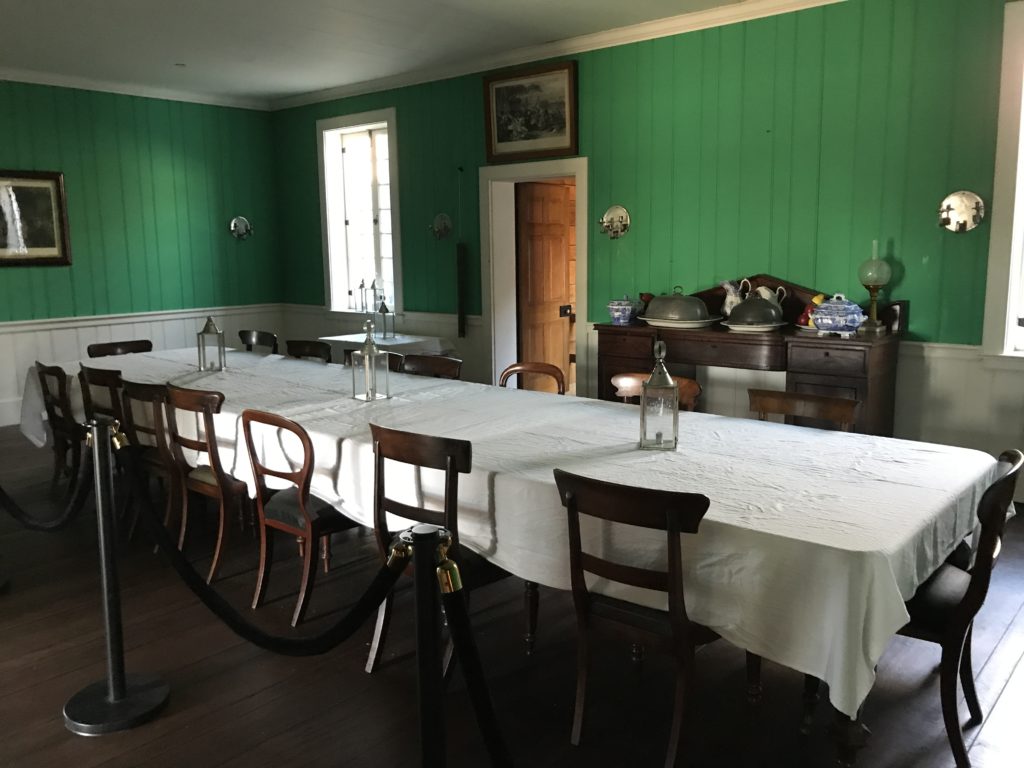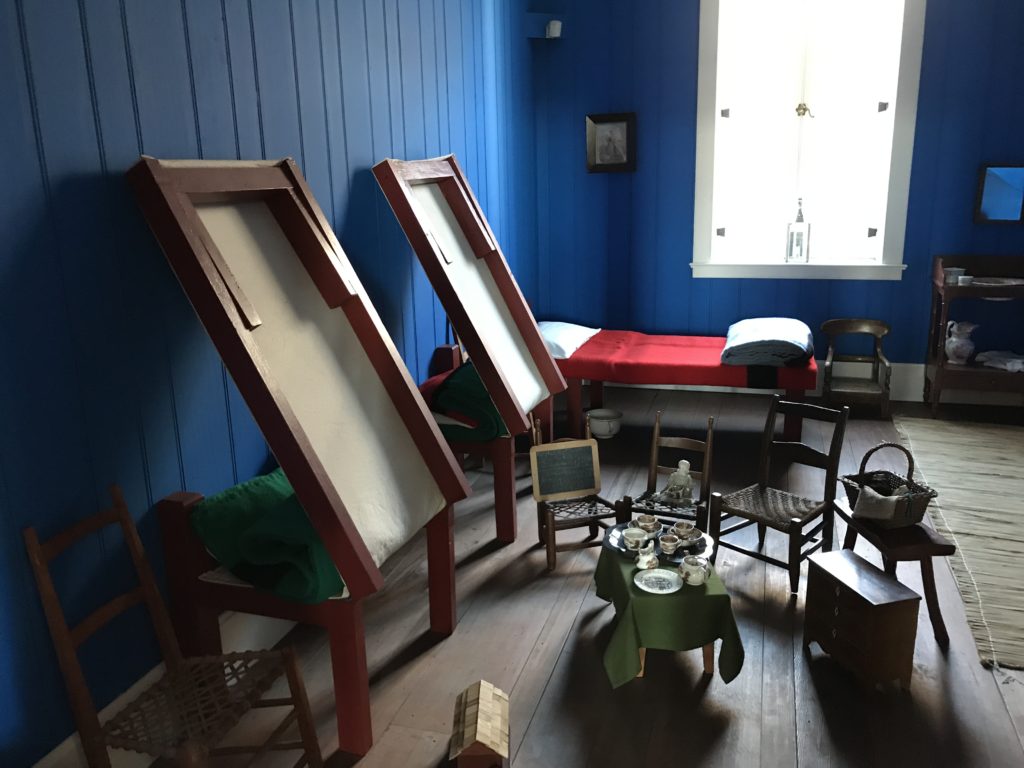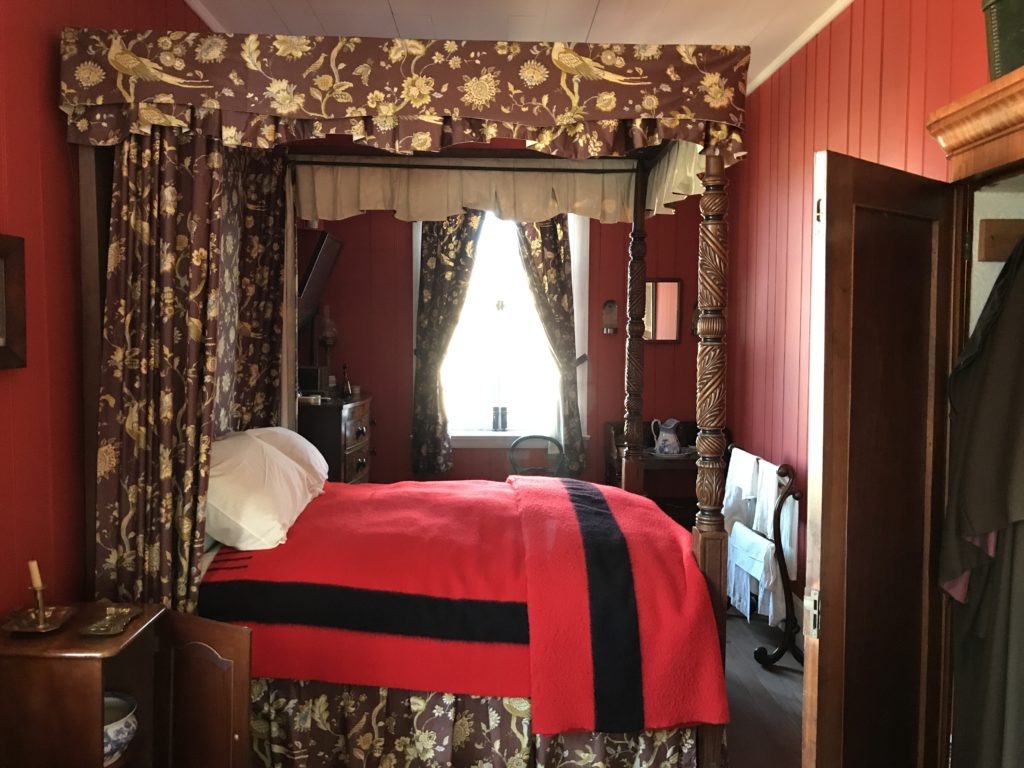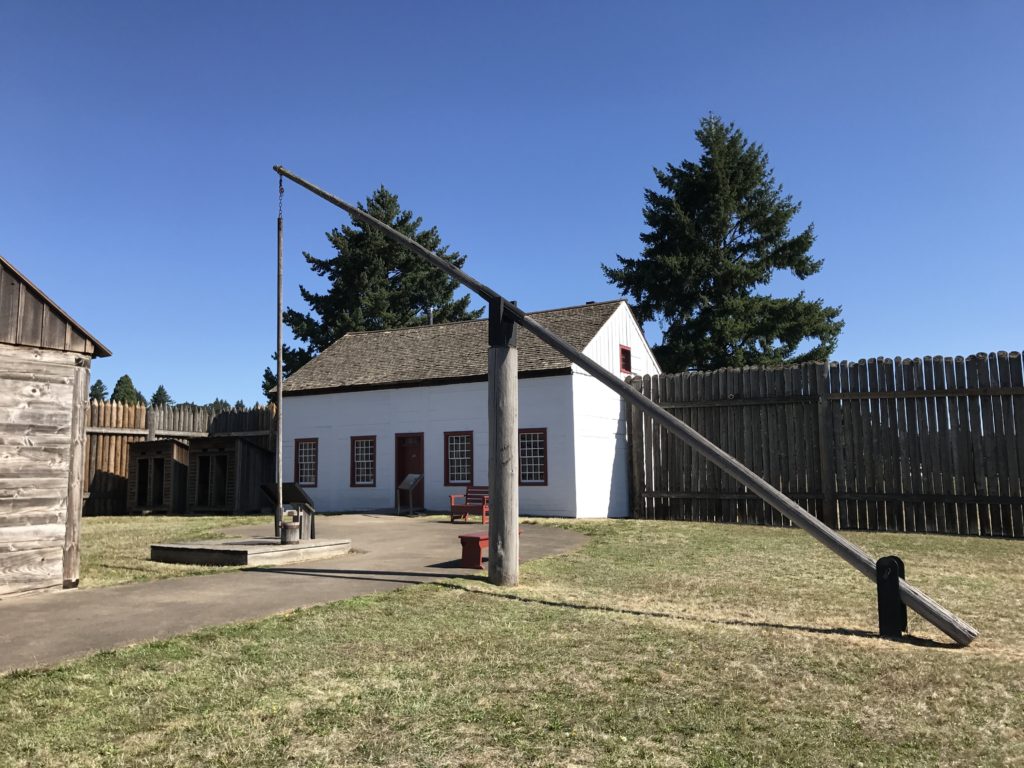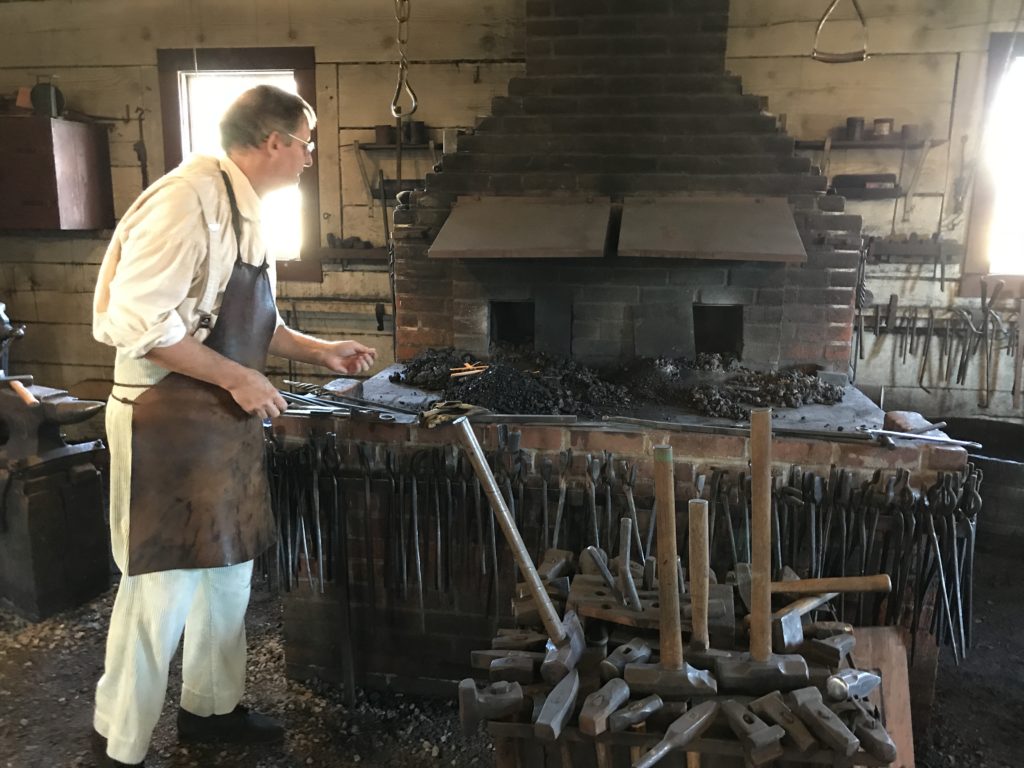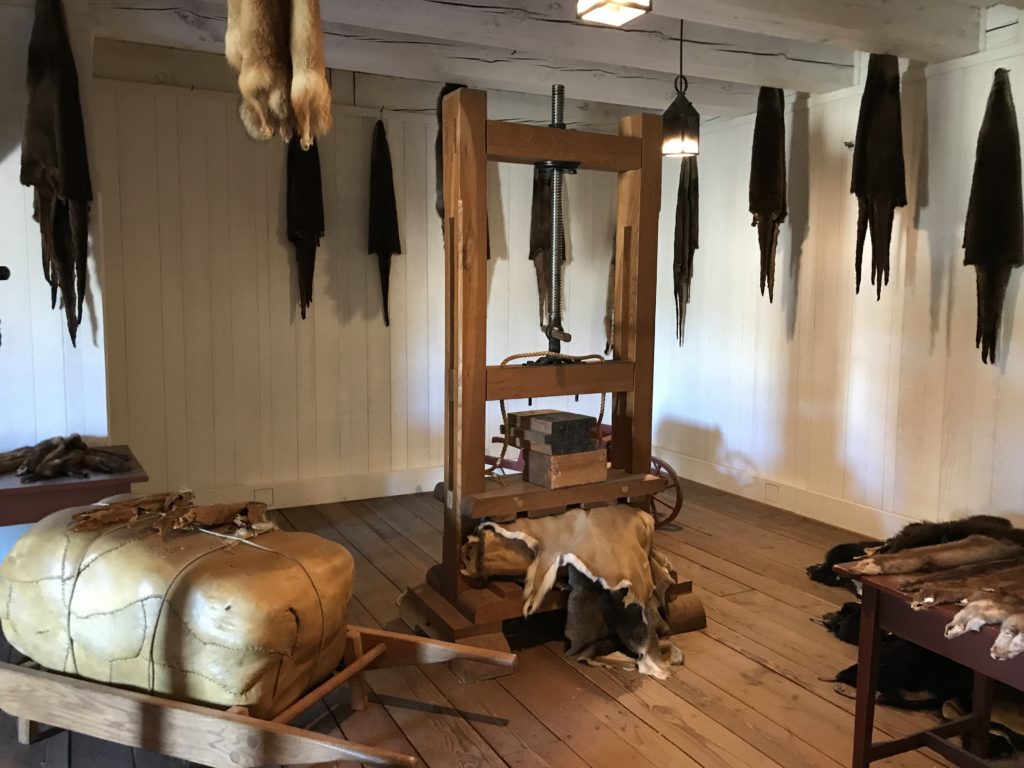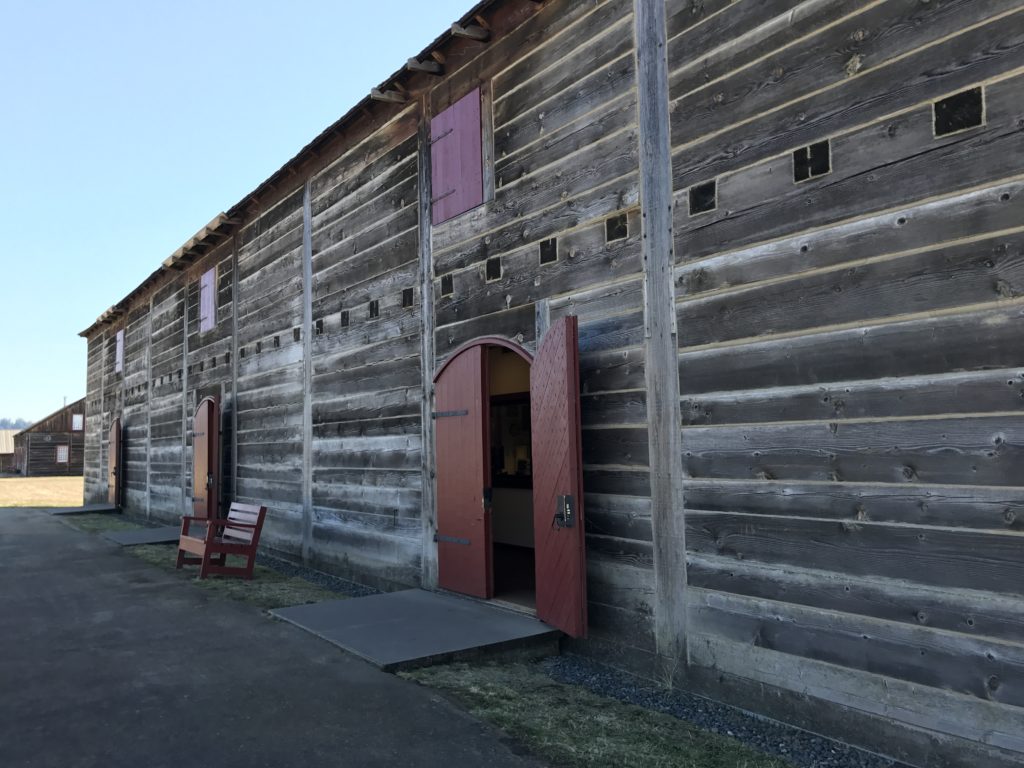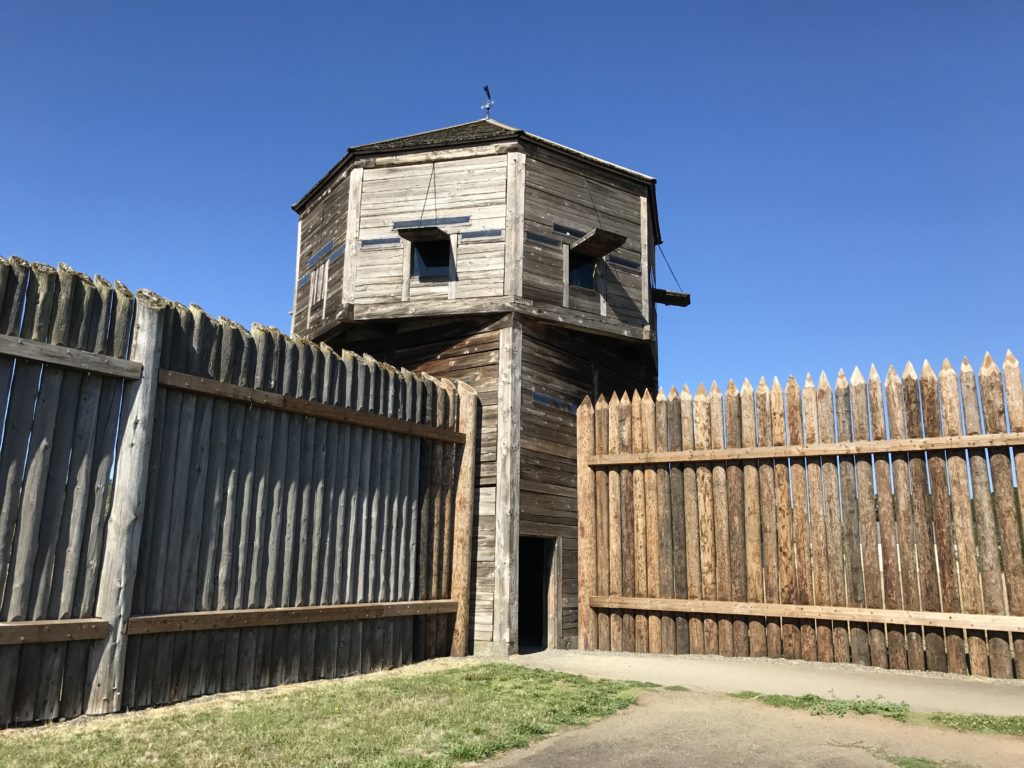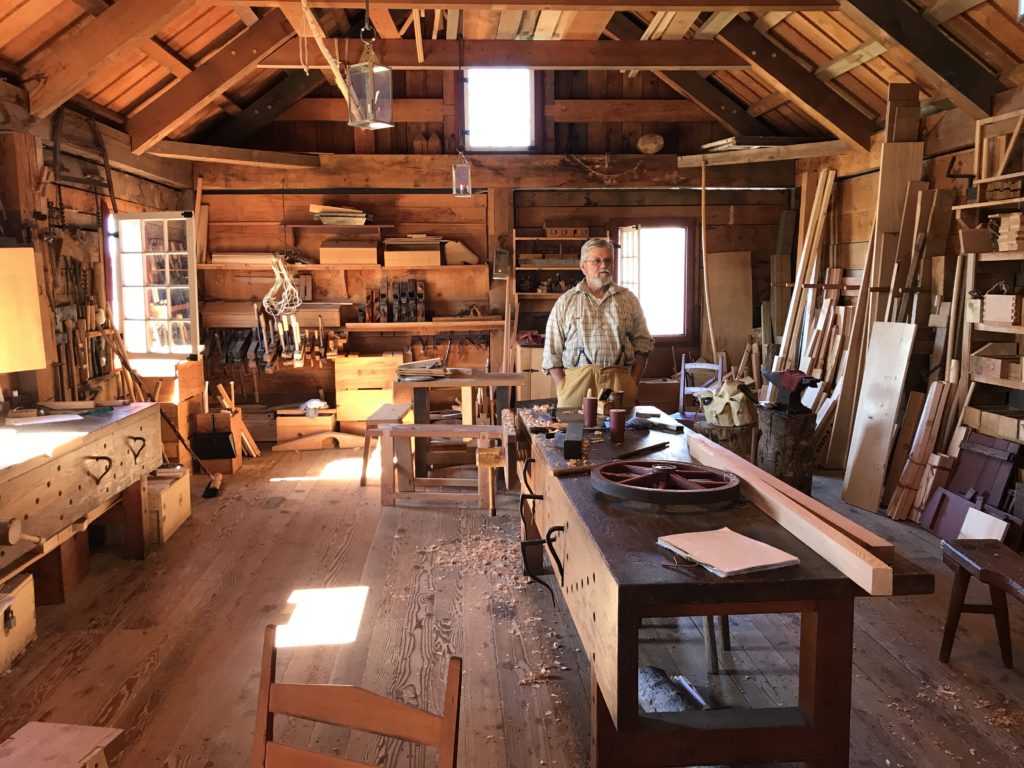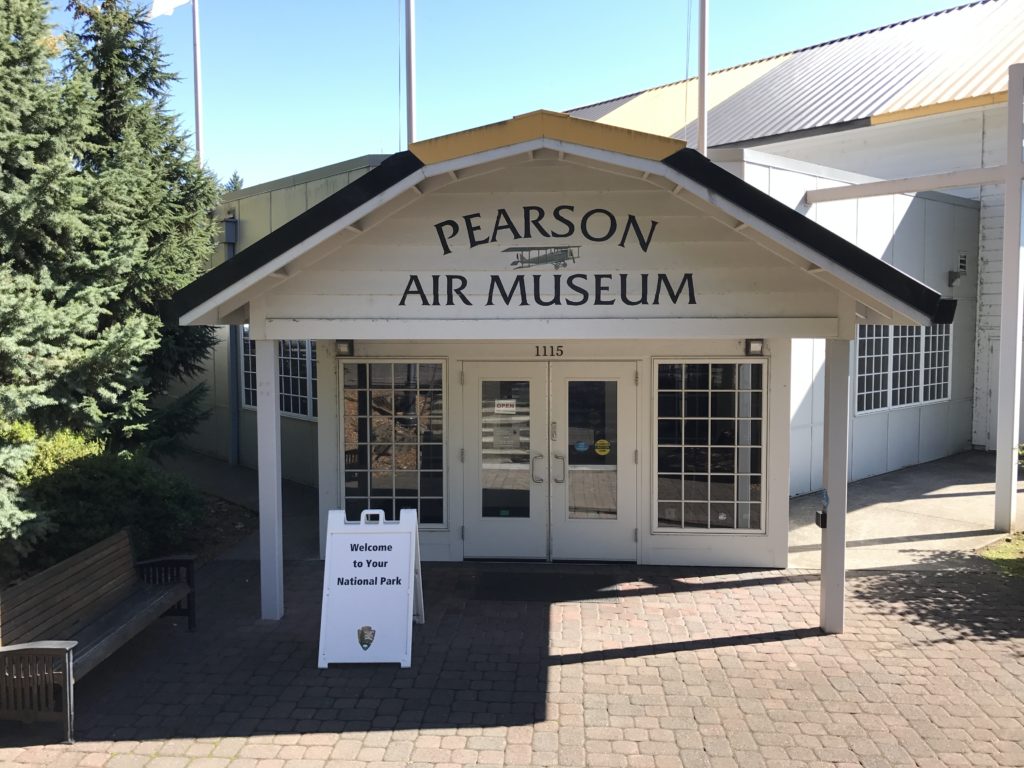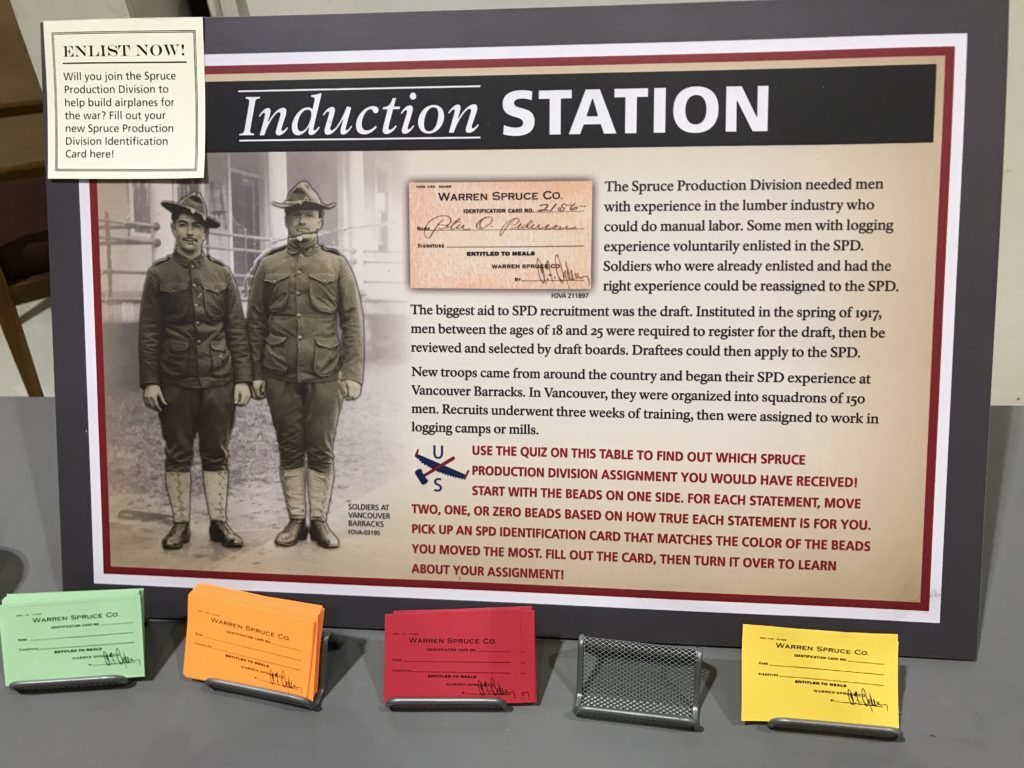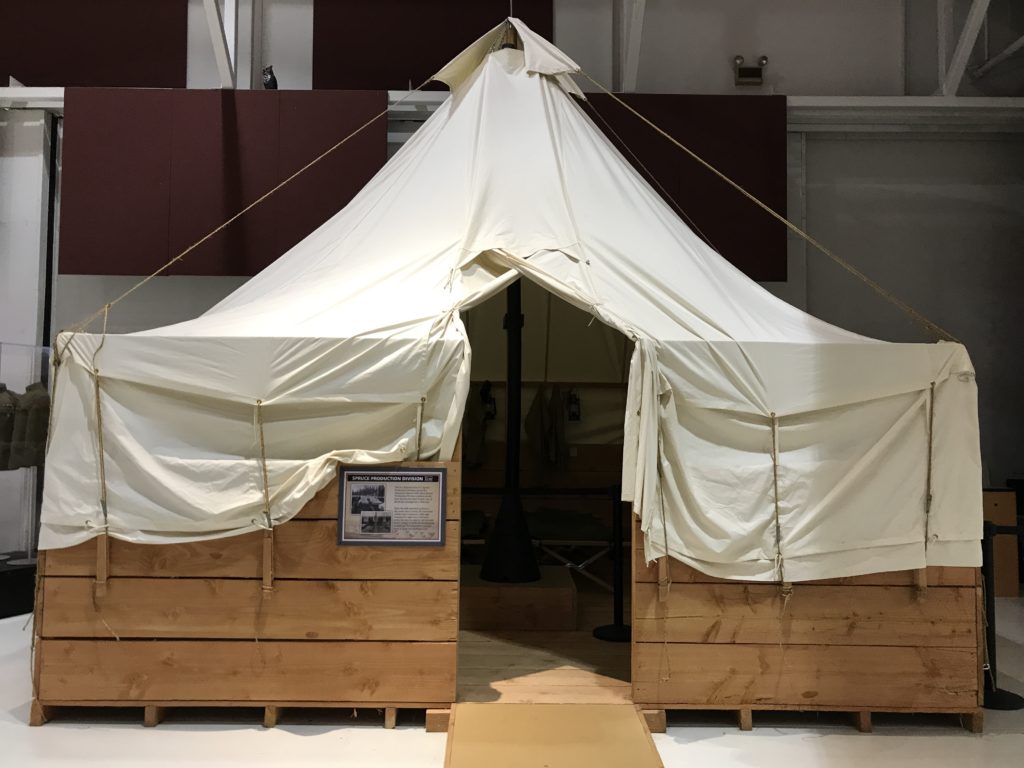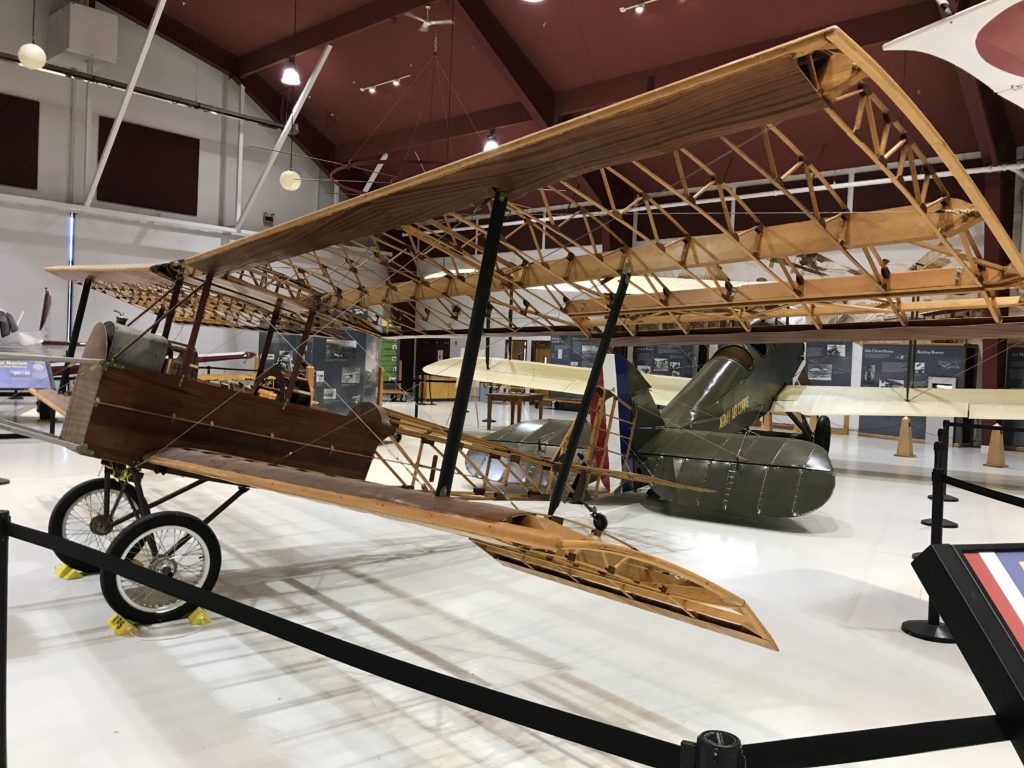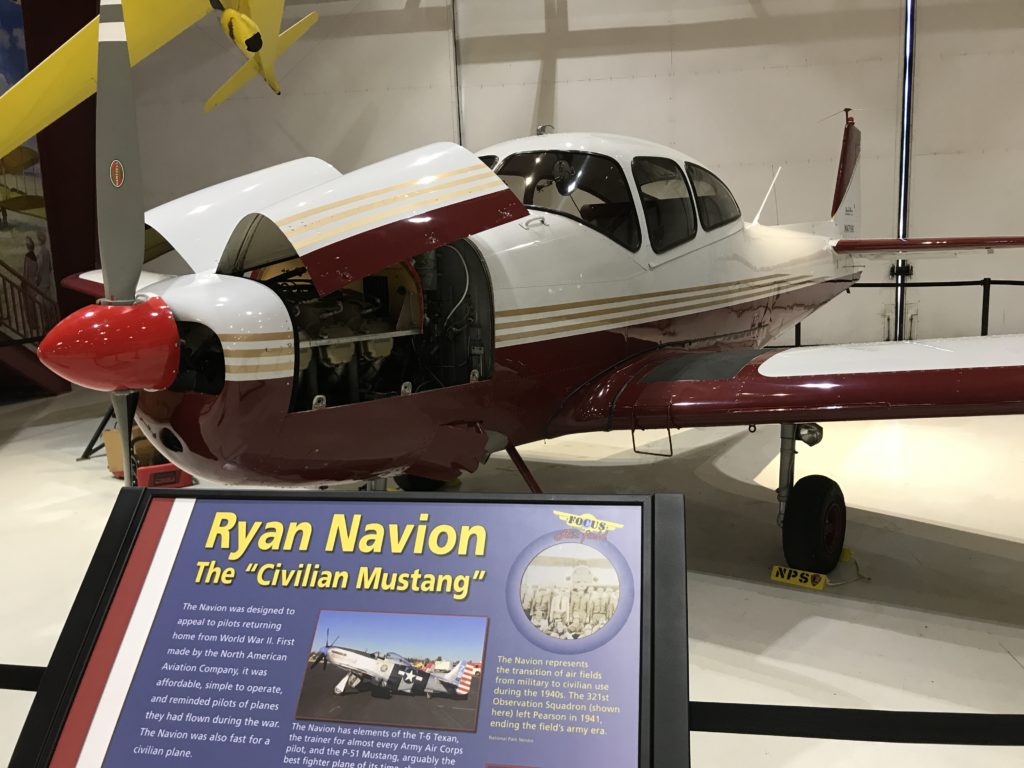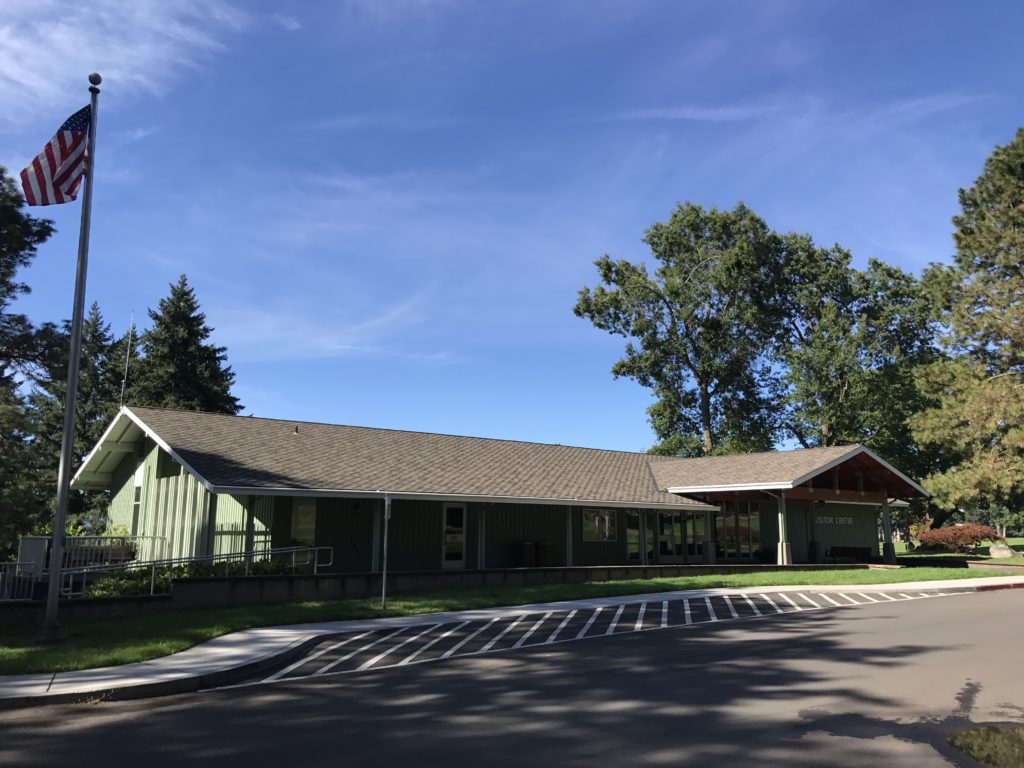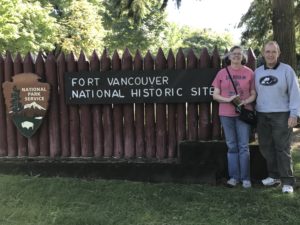 After moving the RV further south, we started exploring southwest Washington. Our first stop was Fort Vancouver National Historical Site. We applied to work at Fort Vancouver, but they had a turnover in staff. Currently they do not have any RV volunteers.
After moving the RV further south, we started exploring southwest Washington. Our first stop was Fort Vancouver National Historical Site. We applied to work at Fort Vancouver, but they had a turnover in staff. Currently they do not have any RV volunteers.
Fort Vancouver is our favorite kind of National Park site because they have an extensive living history program, similar to Grand Portage. Fort Vancouver was one of the first settlements in the part of Oregon Territory that would become the state of Washington. The fort was established by the Hudsons Bay Company and became its Columbia Department headquarters. The British company set up the fort in 1825 on the north side of the Columbia River. They put it there to solidify their claim that Great Britain should get the territory north of the Columbia River and west of the Rockies.
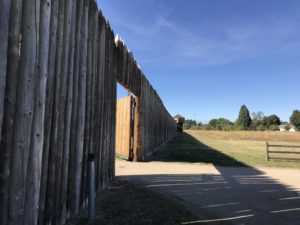 The US – British treaty of 1846 established the border between the two countries as the 49th parallel. With the border established, Fort Vancouver stood on the wrong side. The Hudsons Bay Company moved their headquarters to Victoria. In 1866 a mysterious fire destroyed all the buildings.
The US – British treaty of 1846 established the border between the two countries as the 49th parallel. With the border established, Fort Vancouver stood on the wrong side. The Hudsons Bay Company moved their headquarters to Victoria. In 1866 a mysterious fire destroyed all the buildings.
Today a rebuilt Fort Vancouver houses living historians recreating life at the Fort in the 1830’s. We walked through a beautiful vegetable and flower garden. The blacksmith and carpenter’s buildings were drool-worthy with a huge number of tools for the trades. We toured the Chief Factor’s luxurious house and checked out scales and presses for the fur trade. A blockhouse in the corner overlooks the orchard outside the walls.
But Fort Vancouver is more than a recreated fur trading center. After the British left, it became an American Fort used through World War II. Vancouver Barracks housed soldiers from the Civil War, Indian Wars, World War I and World War II. A row of preserved officers houses is open for tours. The Pearson Air Museum describes the production of airplanes for World War I in Vancouver.
We learned a lot about the different uses of Fort Vancouver and could envision volunteering there in the future. It is a wonderful resource for the cities of Vancouver and Portland across the river.

